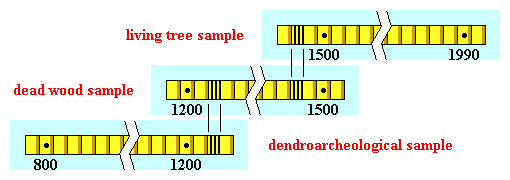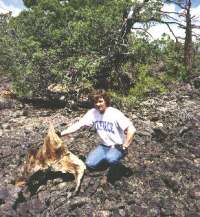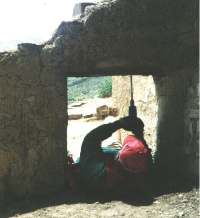After crossdating:
|
 |
 Photo provided by J.H. Speer |
Living tree sample: Chronology from living trees:
|
 Photo provided by H.D. Grissino-Mayer |
Dead wood sample: Chronology from dead trees:
|
 Photo provided by H.D. Grissino-Mayer |
Dendroarcheological sample: Chronology from archeological samples:
|
Good Idea: When you try skeleton plotting, think of how to apply the dates of ring formation
Previous Page |
Next Page
Introduction |
Dendrochronology Applications |
Crossdating Application |
Ring-Growth Anomalies
Sensitivity-Complacency |
Skeleton Plotting |
Relative Scale |
Master Chronology
Pattern Matching |
Finding the Dates |
Absent/False Rings |
Try Skeleton Plotting for Yourself!
Laboratory of Tree-Ring Research